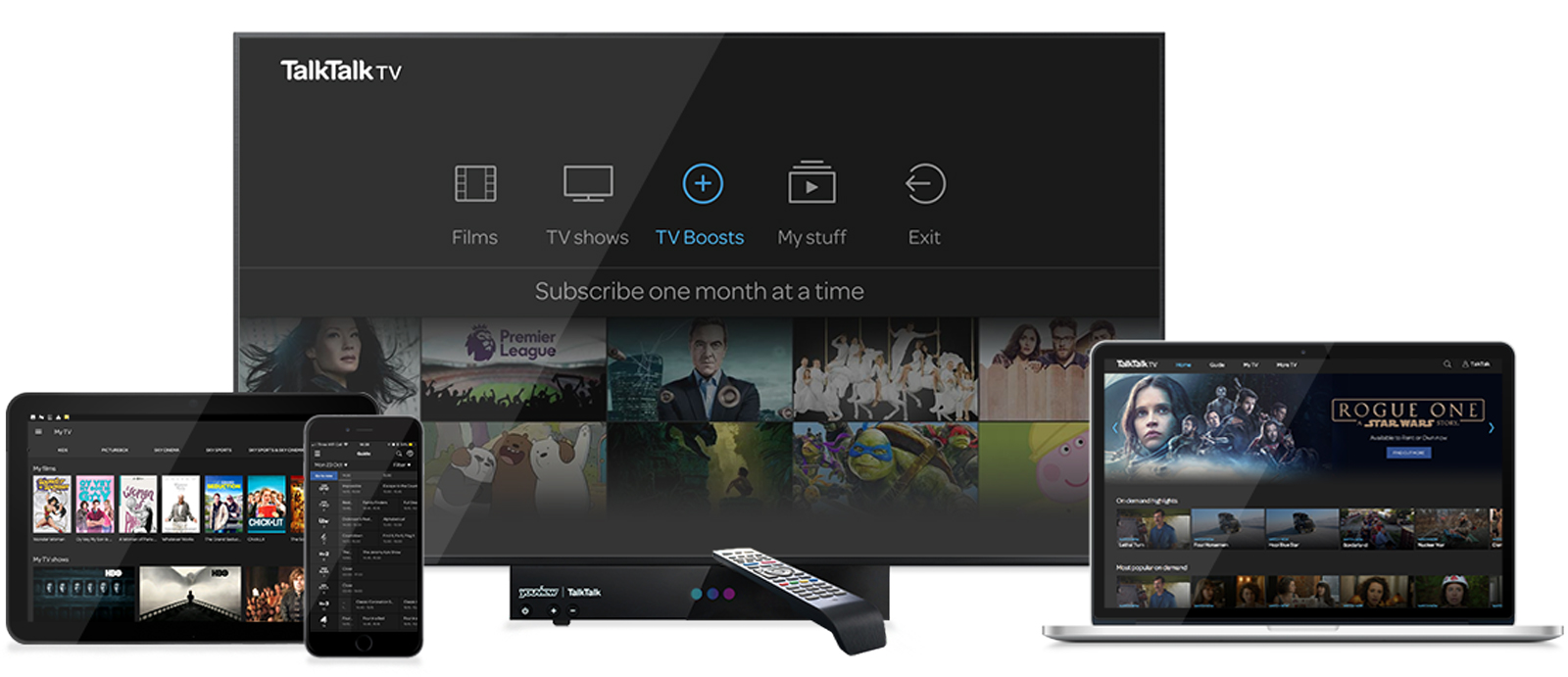
It's already clear that most of us prefer watching Netflix on TV rather than on our PCs or tablets, but it appears the subscription video pioneer isn't content with just direct streaming. As we learned at CES 2013, Netflix is currently in cahoots with YouTube to build out a multiscreen initiative called DIAL (which stands for "discovery and launch") that could provide real competition for Apple's AirPlay. It works in essentially the same way -- DIAL lets you play streaming video on compatible TVs without having to launch the app first -- but there are a few key differences. Unlike AirPlay, DIAL lets you launch apps, even web apps, on the TV -- if it's a Smart TV, you'll even be redirected to download an appropriate app from its app store. However, it can't send URLs to the TV and mirror displays like AirPlay can, supposedly to avoid protocol conflicts as it builds its network of partnerships.
And that's where DIAL's growing momentum comes in. According to GigaOm, DIAL is an open protocol, which gives it massive dev and OEM appeal. All Google TV boxes already have it, while Sony, Samsung and LG are reportedly very interested. Scott Mirer, director of product management at Netflix, said the latter two have already incorporated it in some 2012 TVs, with more coming in the future. More important is the support from app devs and content providers -- BBC, Hulu, Pandora and Flingo have already signed up to take part in the effort, with Chrome purportedly working on DIAL compatibility for browser-to-TV page-flinging. On the whole, it's a promising path for not just Netflix and YouTube, which have previously only released relatively limited remote control applications, but the second screen movement in general.
Filed under: Home Entertainment, Internet, HD
Comments
Source: GigaOm
 Sky, Virgin Media and BT all offer their customers ways to watch TV beyond the living room. TalkTalk has an app for its rental and purchase store -- formerly Blinkbox, you might recall -- but otherwise it's fallen behind the pack somewhat. The compan...
Sky, Virgin Media and BT all offer their customers ways to watch TV beyond the living room. TalkTalk has an app for its rental and purchase store -- formerly Blinkbox, you might recall -- but otherwise it's fallen behind the pack somewhat. The compan...
 Sky, Virgin Media and BT all offer their customers ways to watch TV beyond the living room. TalkTalk has an app for its rental and purchase store -- formerly Blinkbox, you might recall -- but otherwise it's fallen behind the pack somewhat. The compan...
Sky, Virgin Media and BT all offer their customers ways to watch TV beyond the living room. TalkTalk has an app for its rental and purchase store -- formerly Blinkbox, you might recall -- but otherwise it's fallen behind the pack somewhat. The compan...

